In Photos: Wild Creatures Inhabit Undersea Vent
Hairy sea creatures
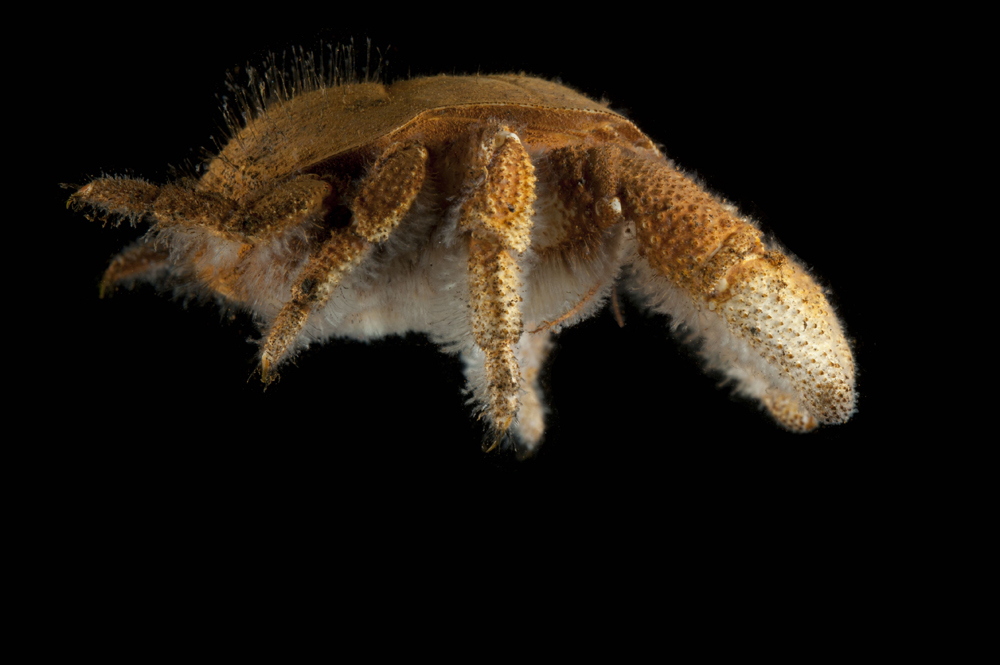
UFO or deep-sea life? This hairy crab, genus Kiwa, was discovered at Longqi vent field, a hydrothermal vent area on the Southwest Indian Ridge. It's closely related to the "Hoff crab," a species nicknamed for actor David Hasselhoff and found at the East Scotia Ridge near Antarctica — 3,728 miles (6,000 km) away.
[Read full story on the deep-sea vent]
Shy snails
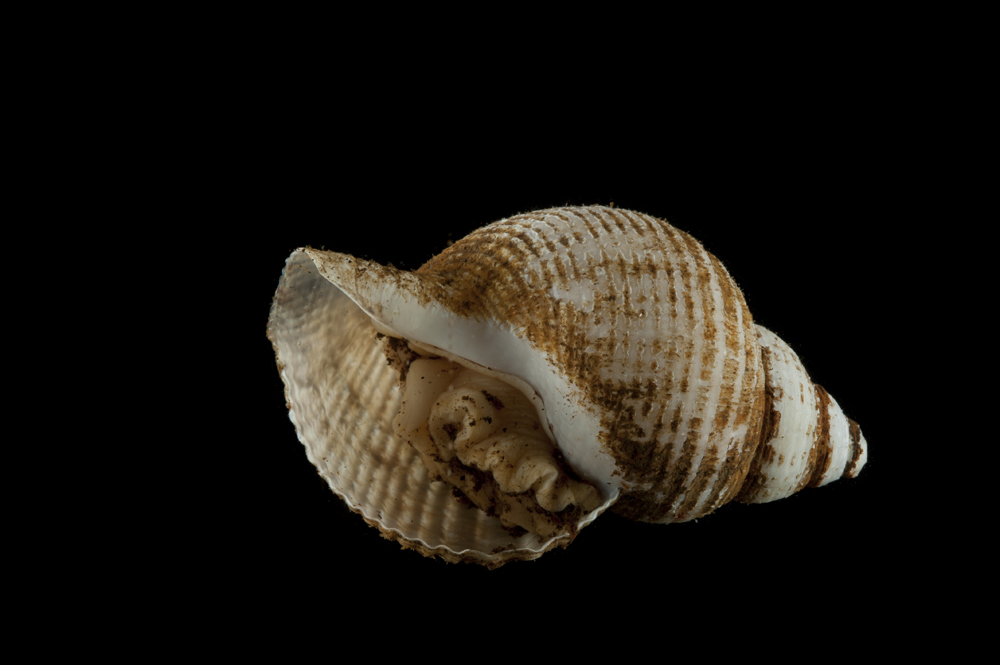
A new species of gastropod snail of the genus Phymorhynchus found at Longqi vent field. The field was first photographed by an autonomous vehicle in 2007, but had never been explored by a remotely operated vehicle until November 2011, when researchers took samples of fauna from around the vents. They found 21 animals, including six never seen at other vents, like this snail.
Odd worms
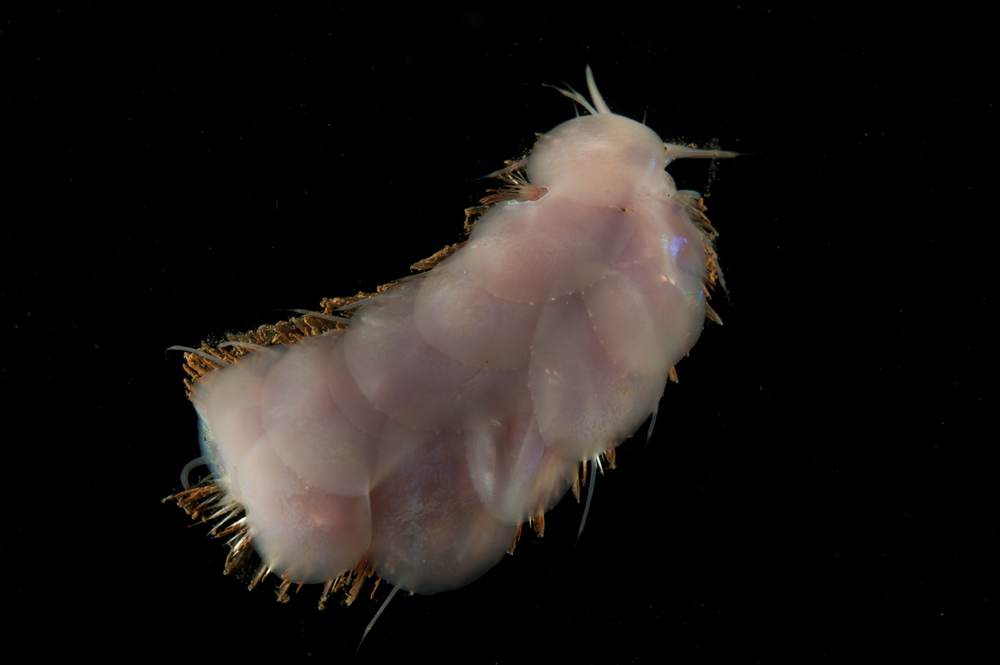
A new species of scaleworm of the genus Peinaleopolynoe found at the Longqi vent field. Segmented worms like this one have been found at other hydrothermal vents, but this particular iridescently tinged animal is new to science. The Longqi vent field is 1.7 miles (2.8 kilometers) below the ocean's surface about 1,243 miles (2,000 km) southeast of Madagascar.
[Read full story on the deep-sea vent]
Traveling worm
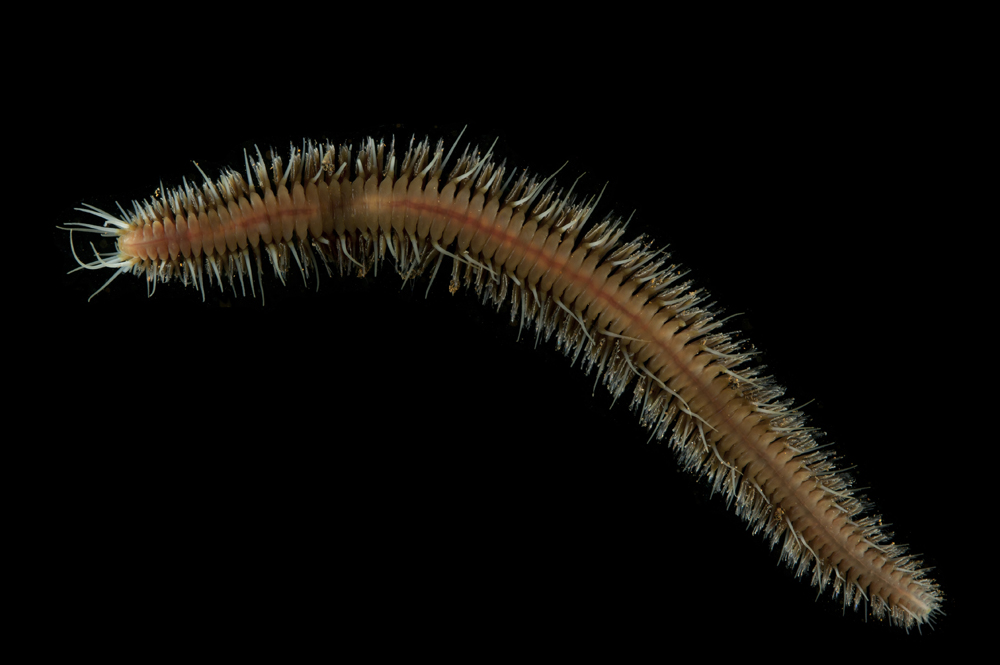
This marine worm, Hesiolyra bergi, was discovered at the Longqi vent field. Genetic sequencing revealed it to be the same as another worm discovered at vents on the East Pacific Rise, the mid-ocean ridge that runs north to south through the Pacific Ocean. The East Pacific Rise is 6,200 miles (10,000 kilometers) from Longqi, raising questions about the connectivity of life between far-flung ocean vents.
Long barnacles
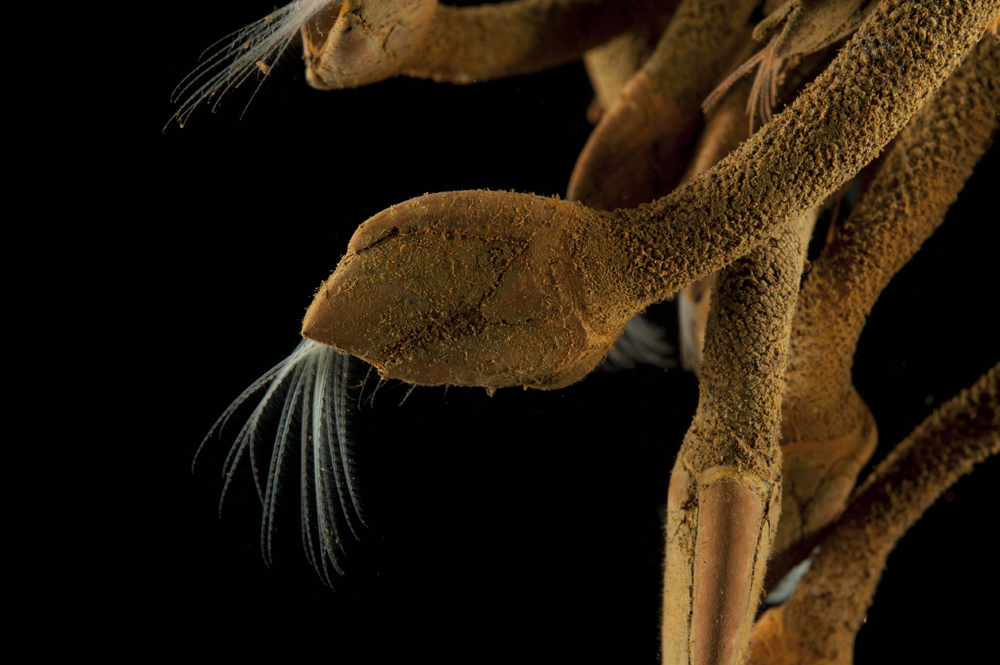
A stalked barnacle, genus Neolepas, collected by a remotely operated vehicle at Longqi vent field. This species was one of the most common at Longqi, researchers reported in the journal Scientific Reports on Dec. 15, 2016.
Sign up for the Live Science daily newsletter now
Get the world’s most fascinating discoveries delivered straight to your inbox.
Bosom buddies
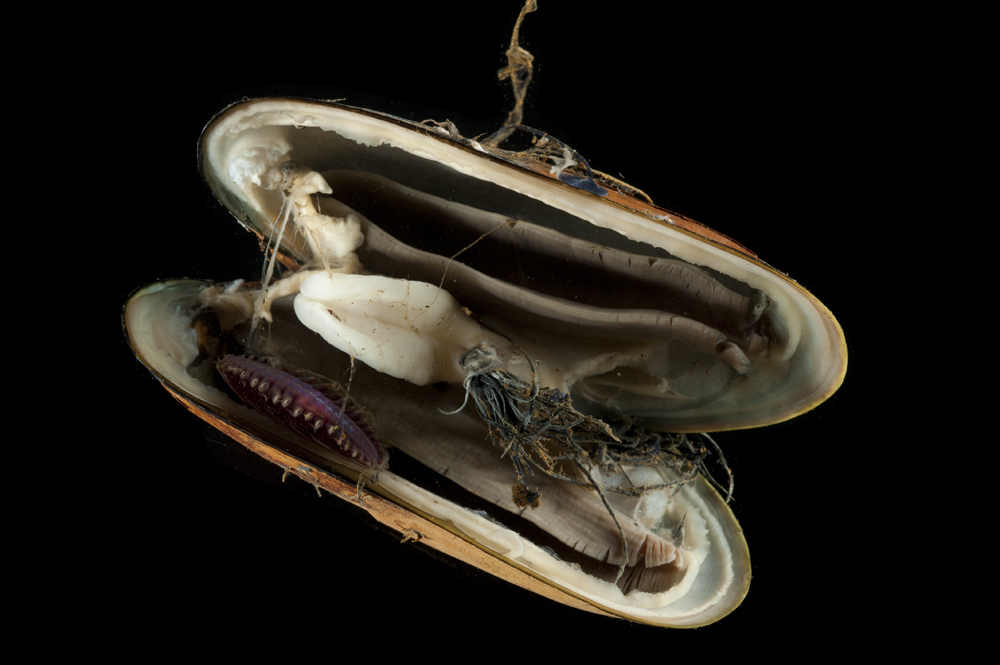
The mussel Bathymodiolus marisindicus is another dominate species at the Longqi vent field, which is dotted with "black smokers" spewing dark-colored fluid at temperatures of at least 572 degrees Fahrenheit (300 degrees Celsius), as well as cooler vents spilling out clear fluids. This species of mussel has been seen at other vent fields along the Central Indian Ridge. Perched in the mussel is a pink scaleworm, genus Branchipolynoe.
Friends?
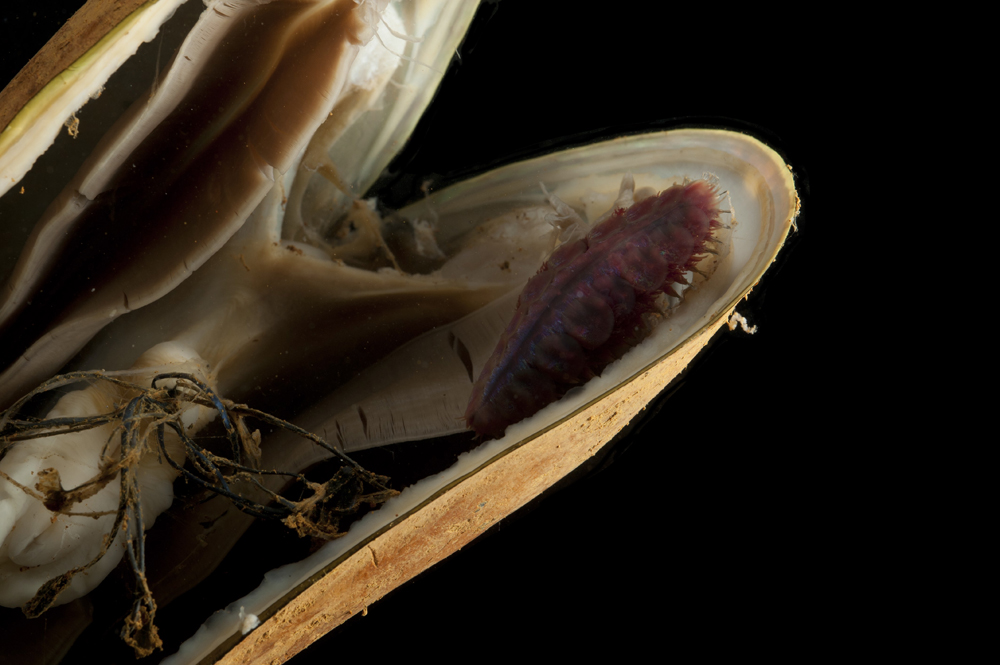
The scaleworm Branchipolynoe is commensal to the mussel B. marisindicus. That means the scaleworm benefits from living inside the mussel's shell, a relationship that doesn't harm the mussel in any way. Here, the scaleworm perches inside the shell.
Sea veggies
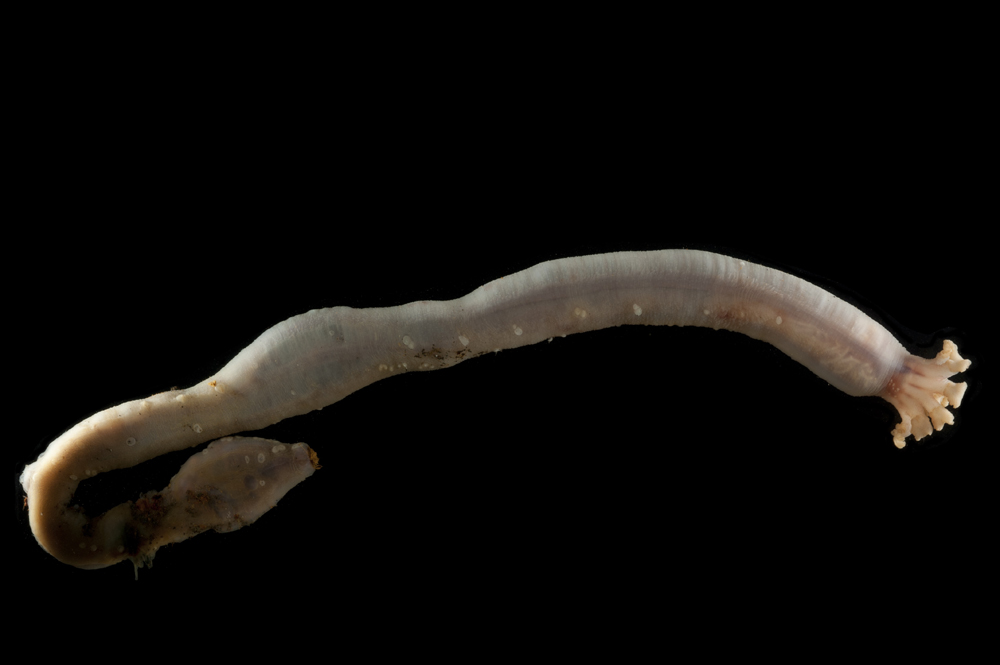
A sea cucumber, genus Chiridota, found at Longqi. Researchers aren't yet sure whether this sea cucumber is a new species or whether it is related to similar animals on the Central Indian Ridge.
[Read full story on the deep-sea vent]
Jabberwocky
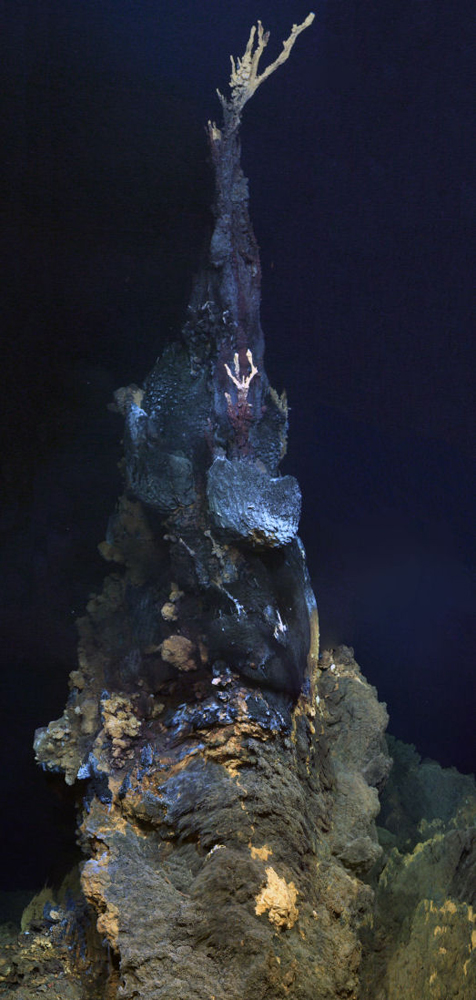
"Jabberwocky," a black smoker vent in the Longqi vent field on the Southwest Indian Ridge. This spire of minerals stands 19 feet (6 meters) above the ocean floor. It's a high-temperature black smoker vent which releases fluid rich in iron-sulfide.
Strange but home
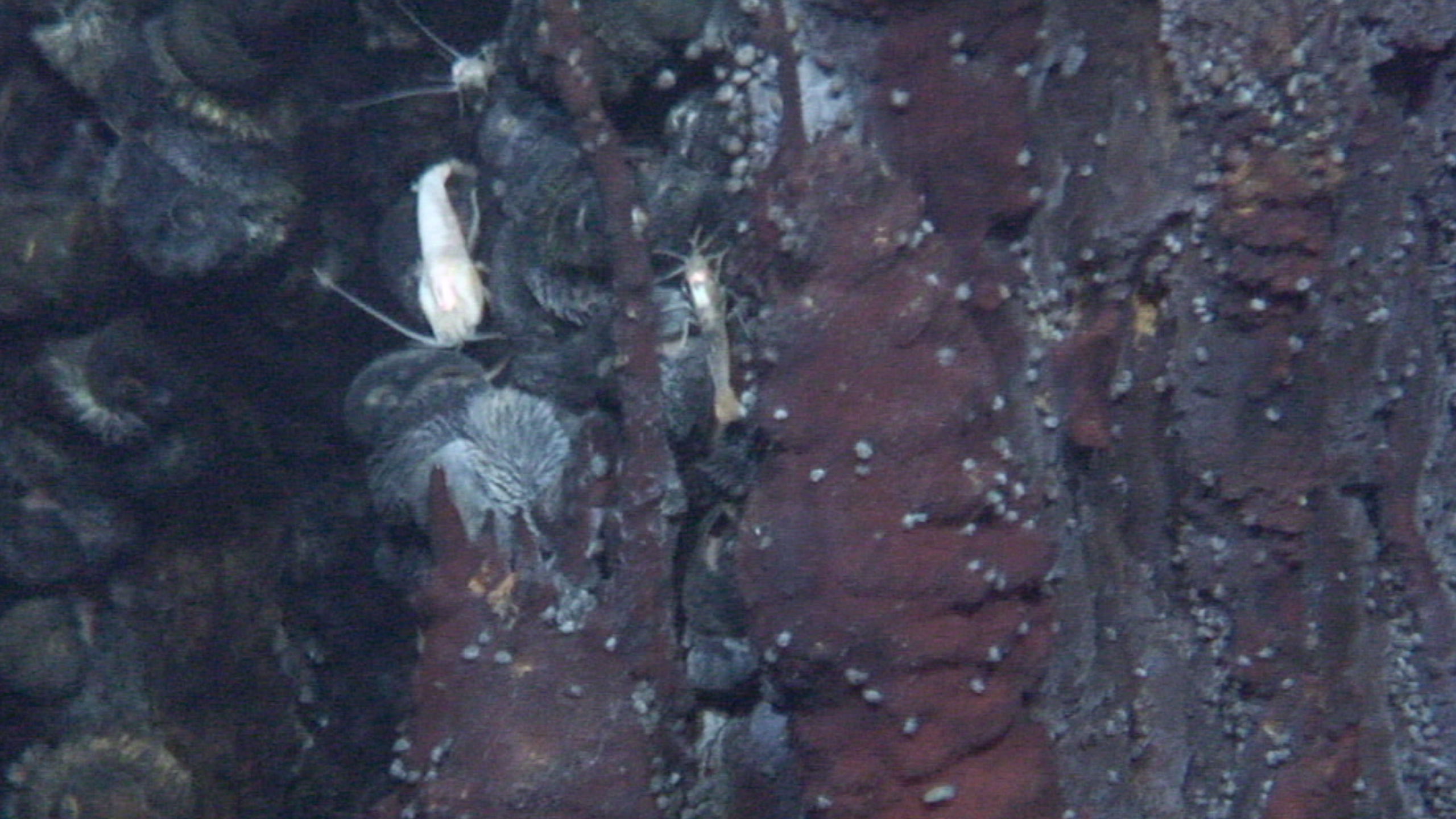
A close-up look at the walls of the black smoker chimney Jabberwocky, a 19-foot (6 meters) tall vent at Longqi vent field. Researchers discovered a new species of limpet living on the vent, alongside shrimp and the scaly-foot gastropod (Chrysomallon squamiferum). This species of snail, known from other hydrothermal vents, has a strange foot lined with iron-rich, overlapping scales.
Underwater structures
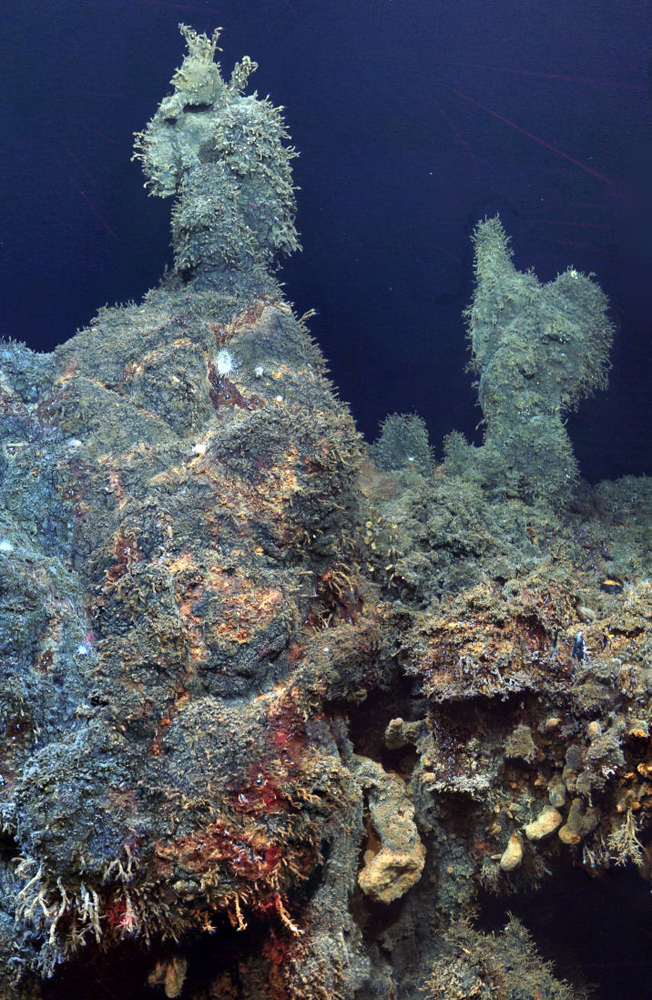
The diffuse flow chimney "Knucker's Gaff," which releases clear fluid, cooler than what is released from black smoker vents. Knucker's Gaff was the slowest-flowing of the vents researchers explored at Longqi, the scientists wrote in the journal Scientific Reports. The fauna here was dominated by barnacles, visible clinging to the formation's sides. This chimney was taller than 49 feet (15 meters).










